The hero of today’s interview is Nikita Kuzmenko — a tattoo artist working in the technique of color realism, known for his expressive and recognizable style. Unlike classical realism, he uses a limited color palette in his works, transforming the original image into a distinctive art project.
Nikita, good afternoon! Let’s start with the biographical question. How did it all begin for you? When and how did you come into tattooing?
— Hi there. I got interested in tattooing around 2010 — that’s when I bought my first tattoo machine. It was my first year at university. A friend of mine, with whom I was doing historical reenactment at the time, introduced me to tattooing. We used to make armor, take part in tournaments… but I wanted to try something new. I’d been drawing since school, so tattooing really appealed to me — though I never thought it would become my main profession.
When I started, it all looked pretty sad. I had one Chinese machine that I used for everything, and I only tattooed maybe once a month for the first two years.
Do you remember your first client?
— My first client was a classmate from the KPI Faculty of Instrument Engineering. We did everything at my place, right on the couch. It was a blood type tattoo on the chest. Honestly, I didn’t really do anything as a tattoo artist back then — and I didn’t learn anything either. Thankfully, I had a friend with me who had already been tattooing for about a year. He ended up doing two-thirds of the work for me.
What styles did you try before developing your own recognizable one?
— When I joined my first studio in 2012, one of the artists there started teaching me. He worked in a very colorful style, with lots of bright, saturated tones — and I was impressed. That concept really stuck with me. The first style I tried to associate myself with was new school. Later, under the influence of other artists and their work, I shifted toward neo-traditional. I stayed with that style until I developed my own artistic vision and personal approach to drawing.
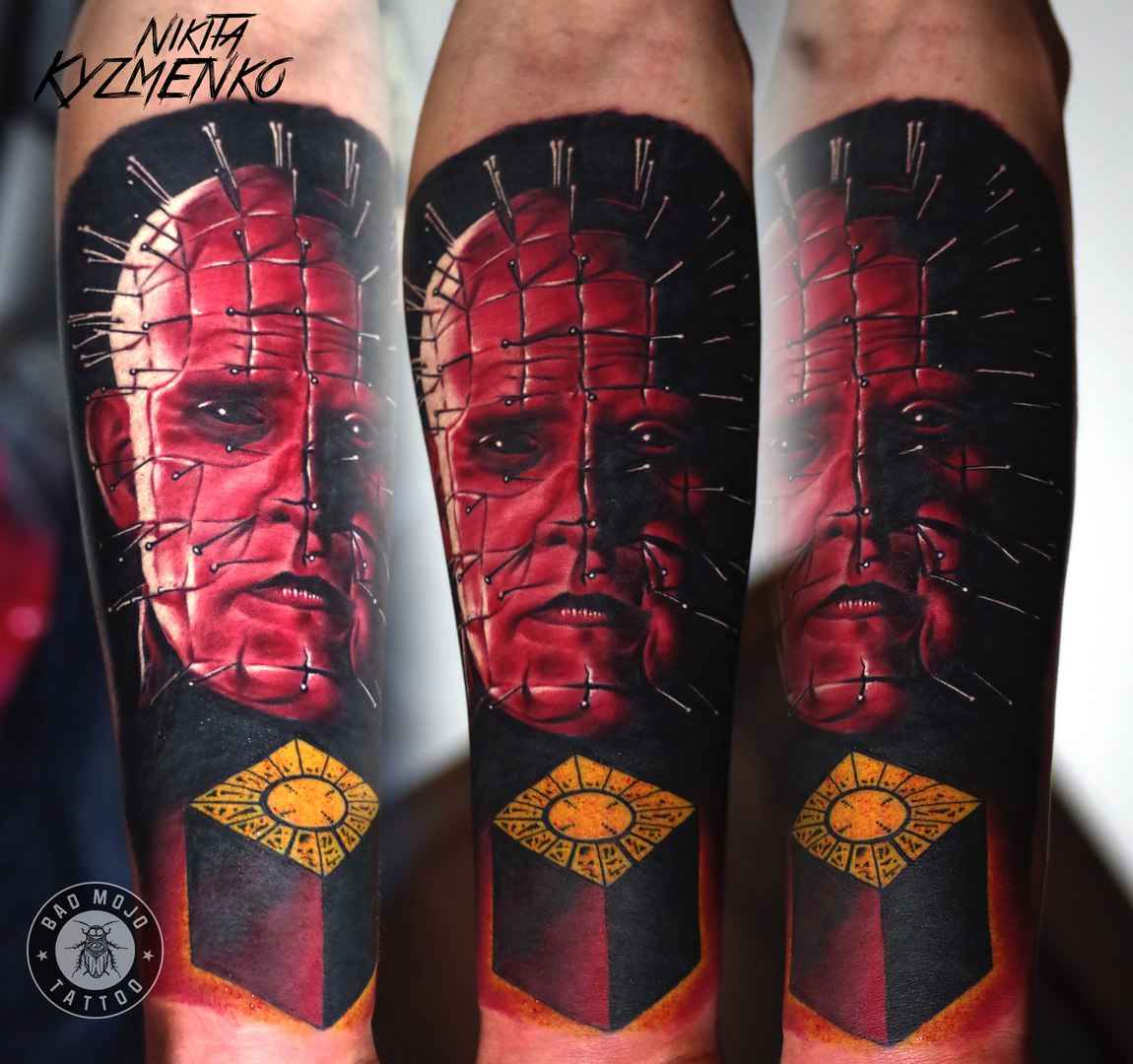
How would you describe the features of your current style?
— My style is based on specific colors and their combinations. Since I use this palette in a lot of my work, I’ve gotten used to it and learned how it behaves on the skin. Another important feature is contrast — I think there should always be a lot of black and strong contrast in a tattoo. These elements make the work more expressive and help it age better. And of course, I’m drawn to dark subjects and portraits.
What inspires you?
— Pretty much everything around me. You never know what small thing will stick with you — it could be a lamppost you saw from a tram window or a moment from a favorite movie or book. Naturally, I also find inspiration in the work of other tattooers and artists. I especially love working with old photographs from the 1920s–30s — there’s something very noir and expressive in them.
Nikita, thank you for this interview. On behalf of the iNKPPL Tattoo Magazine team, we wish you endless inspiration. We’ll keep following the evolution of your art.
— Thank you.
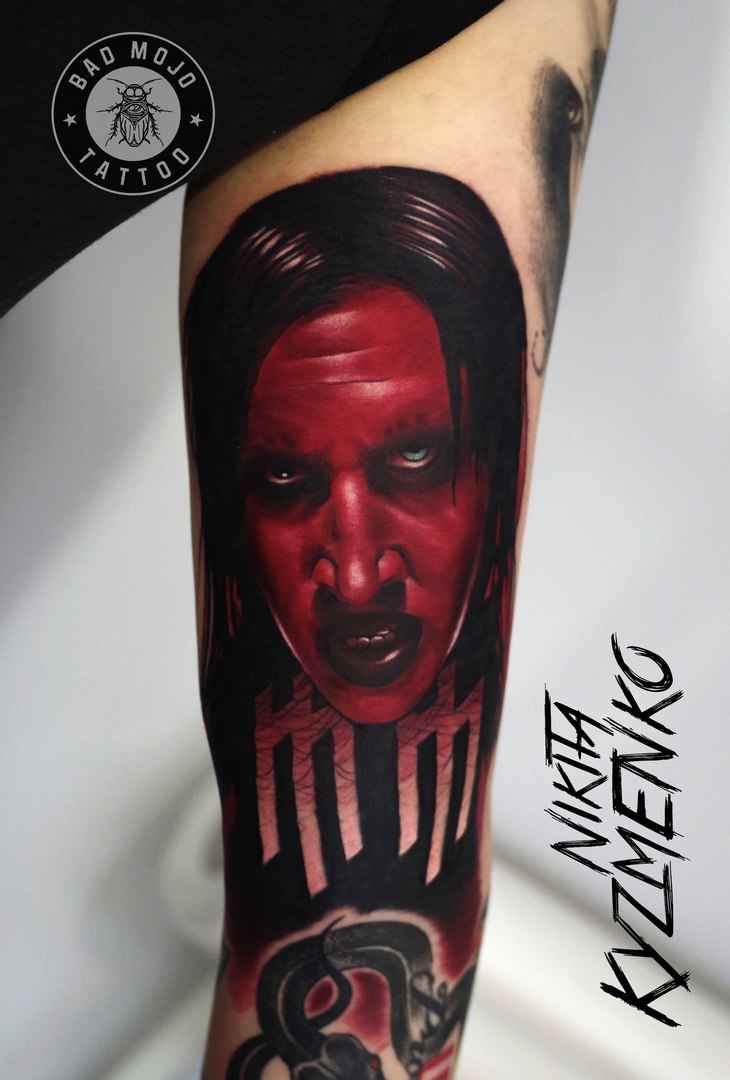
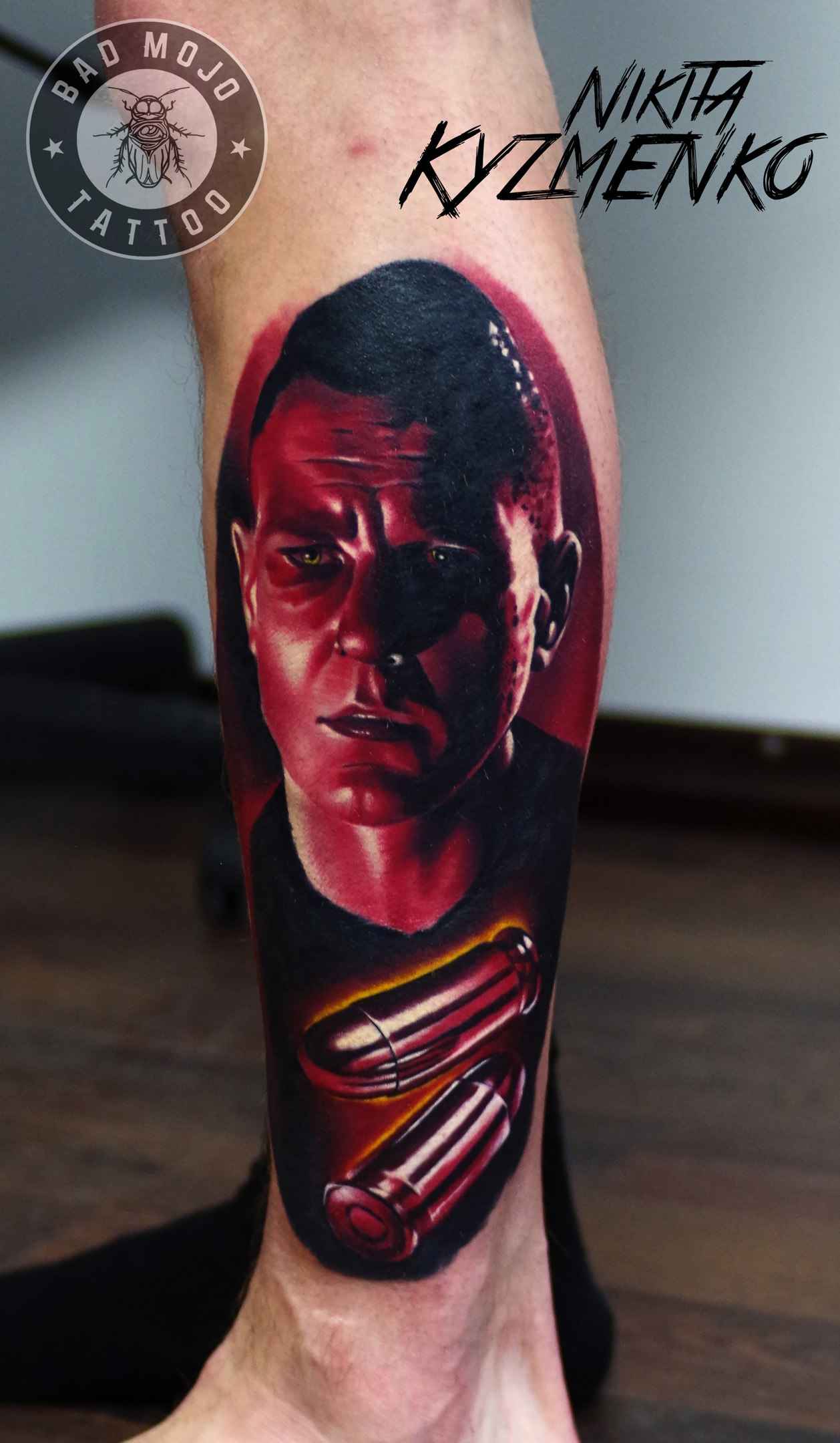
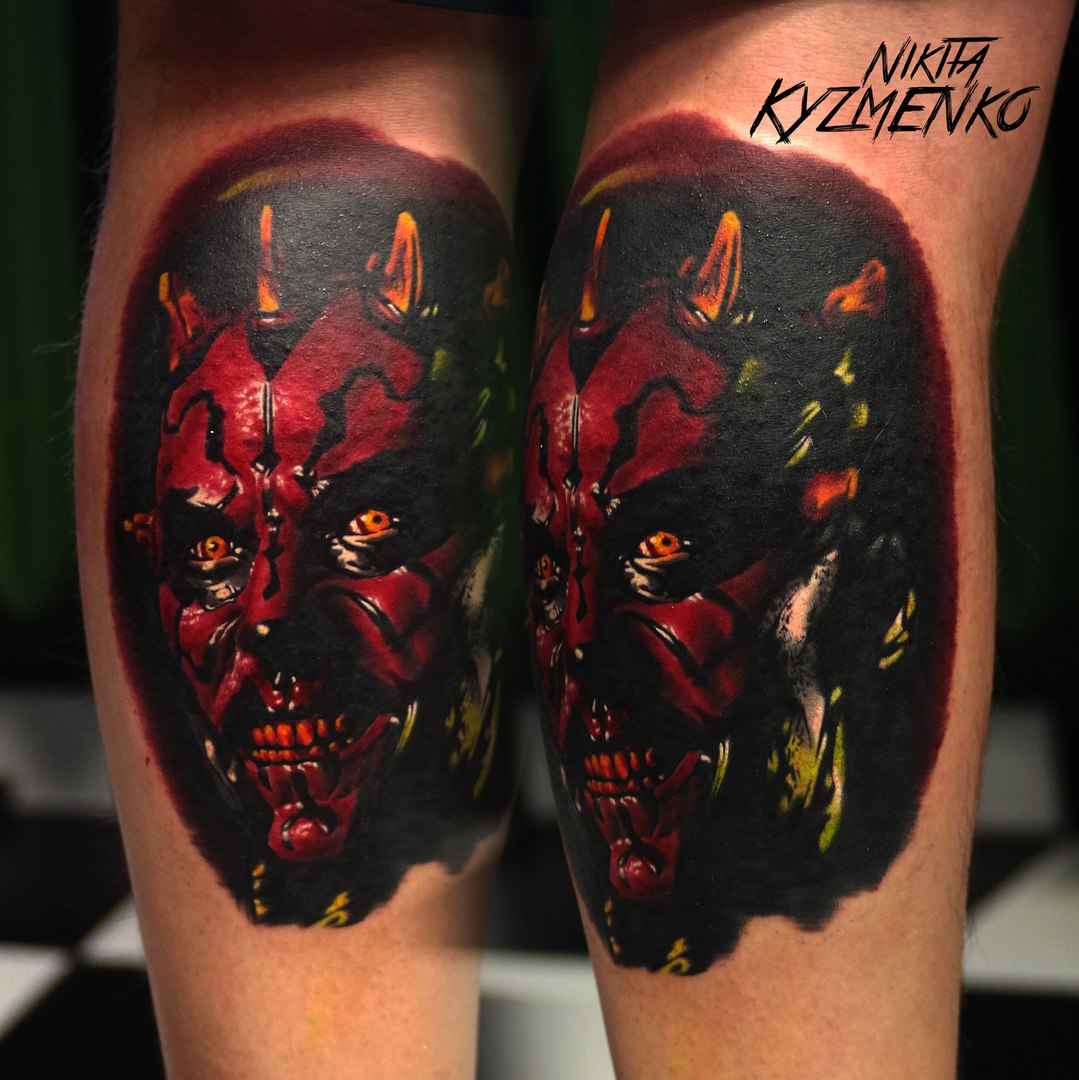

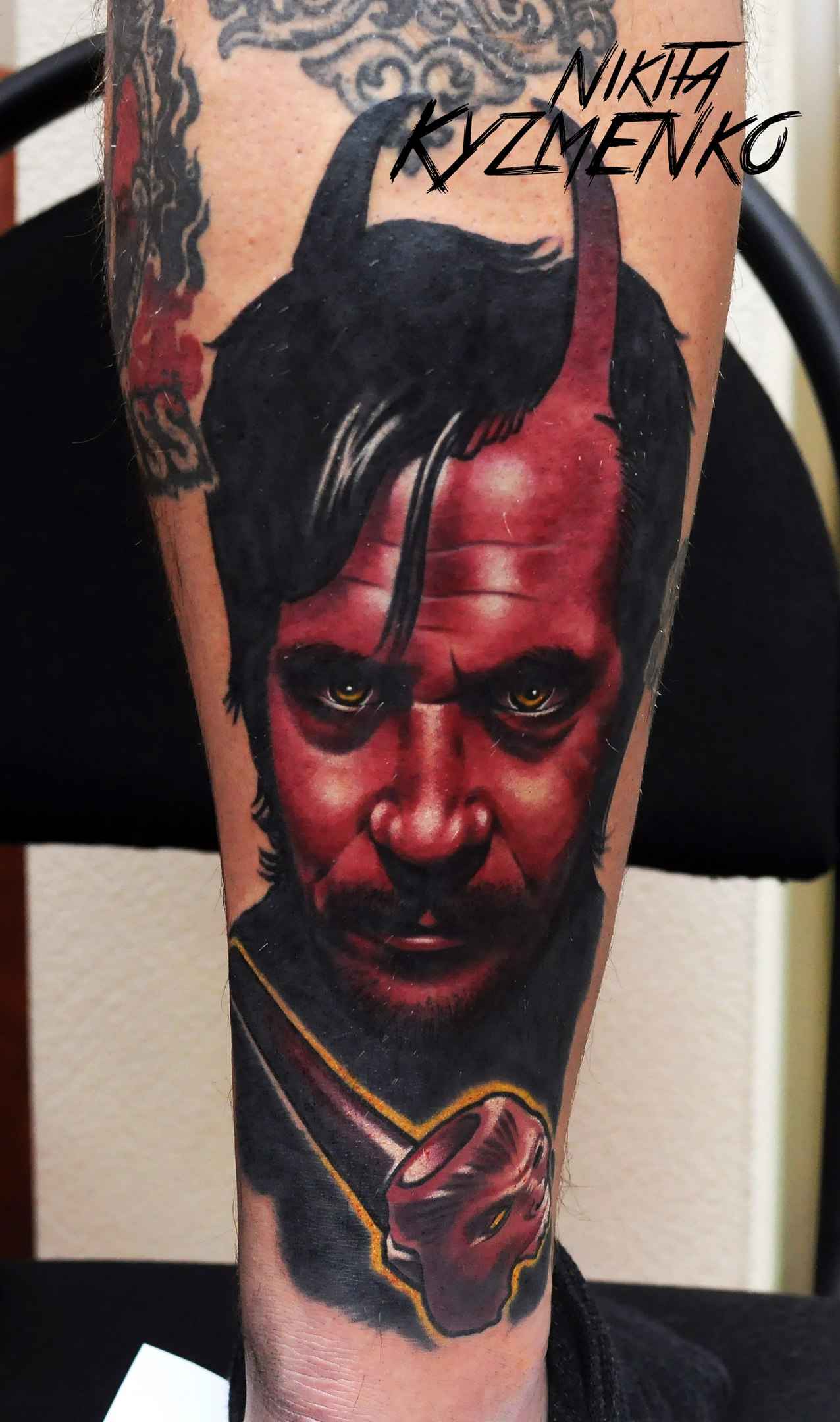
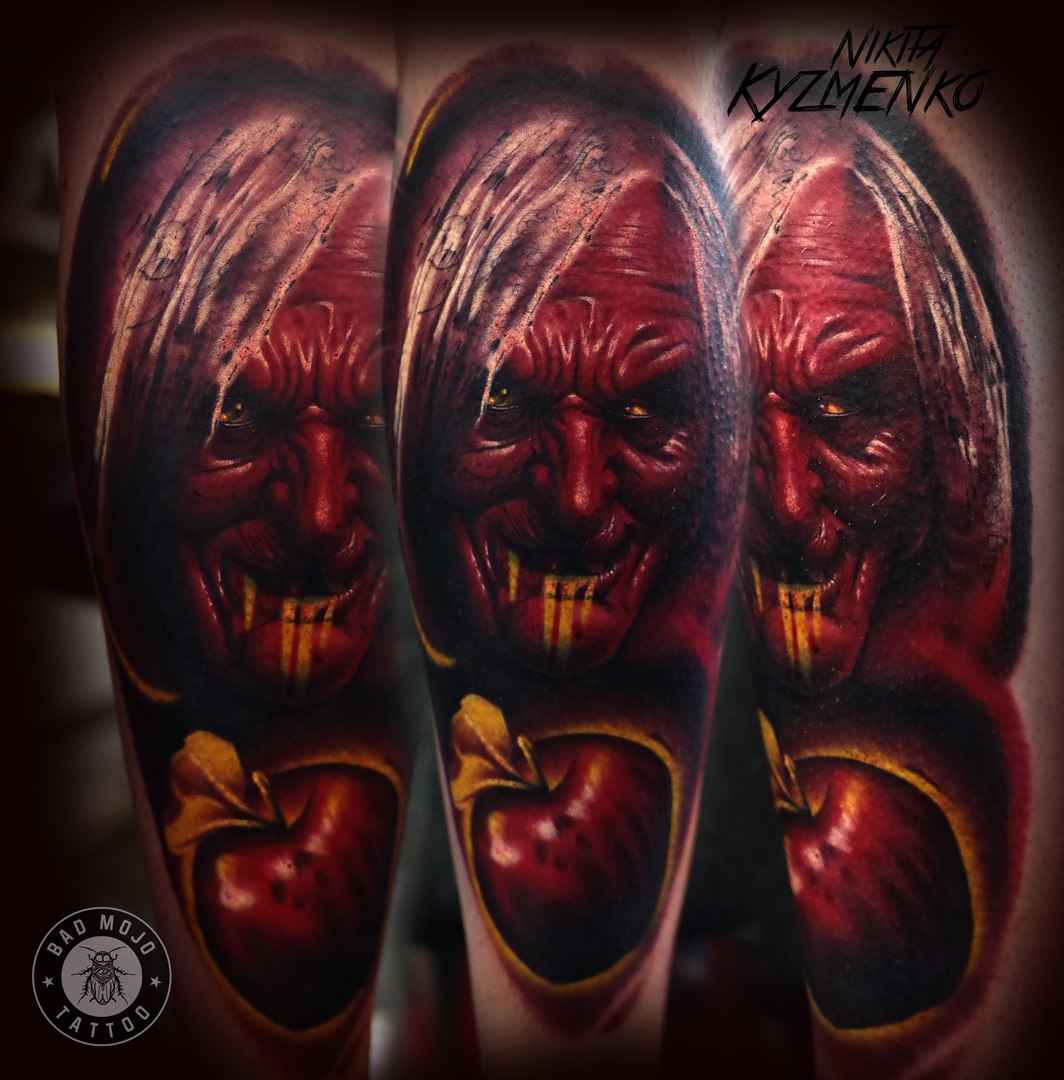
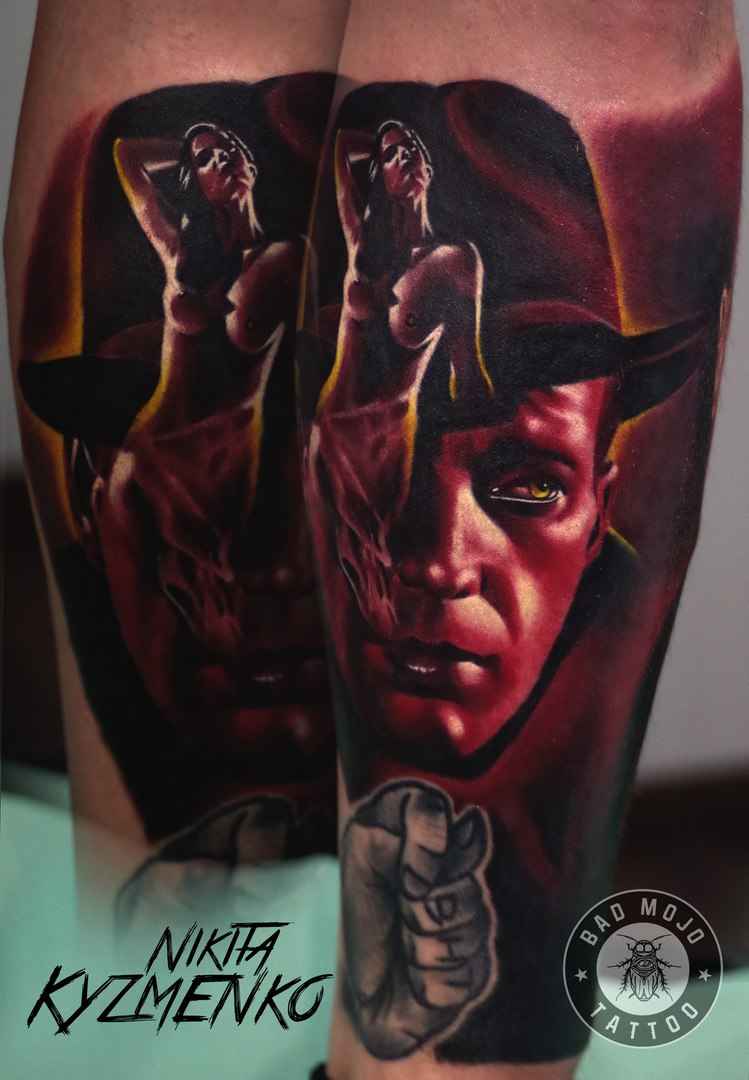
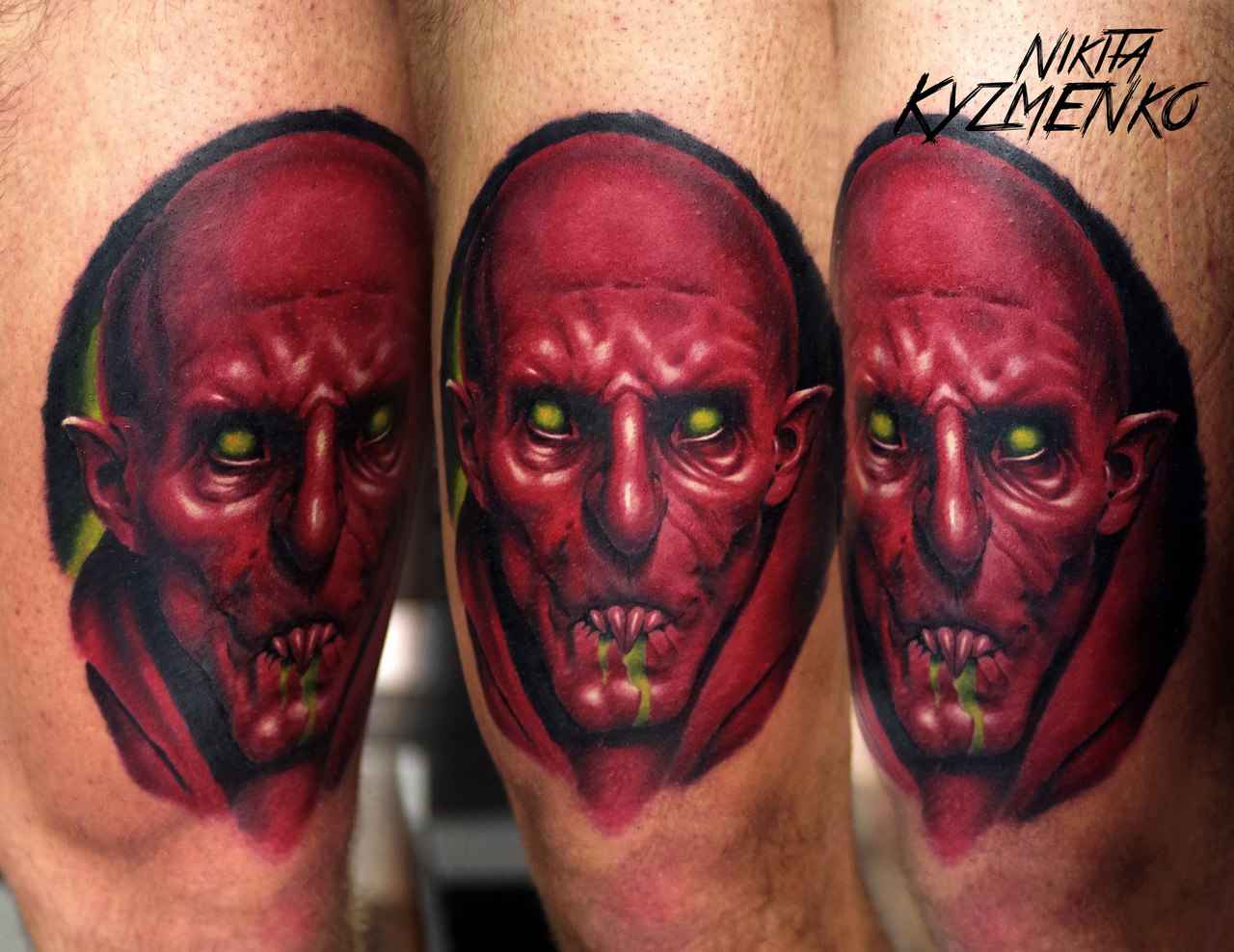
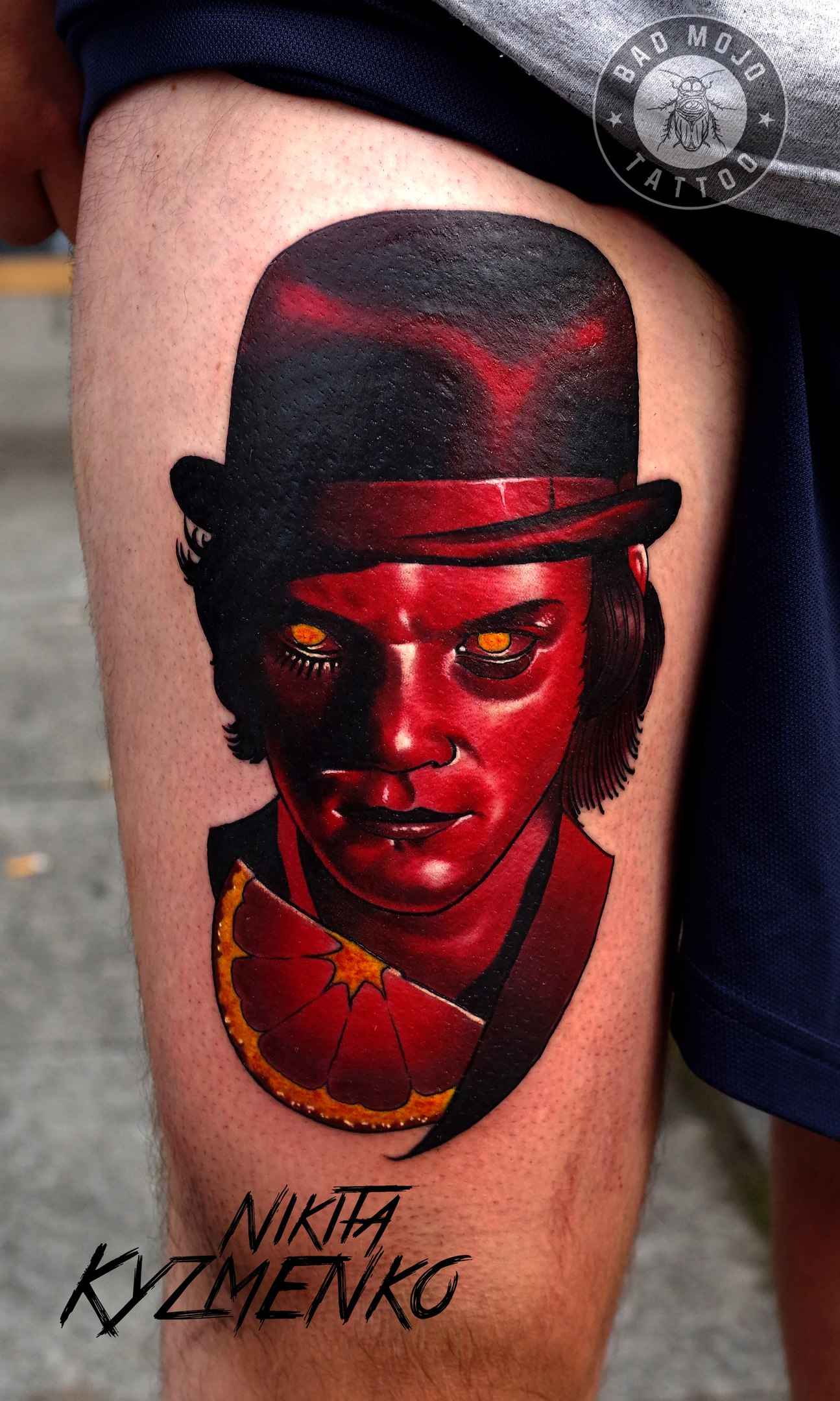



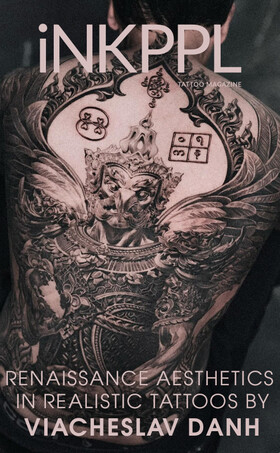
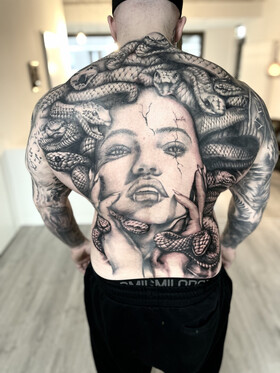

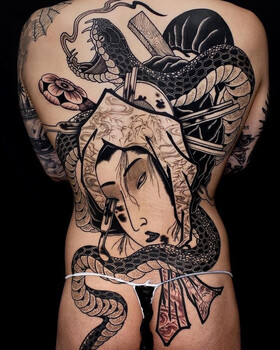

Comments (0)